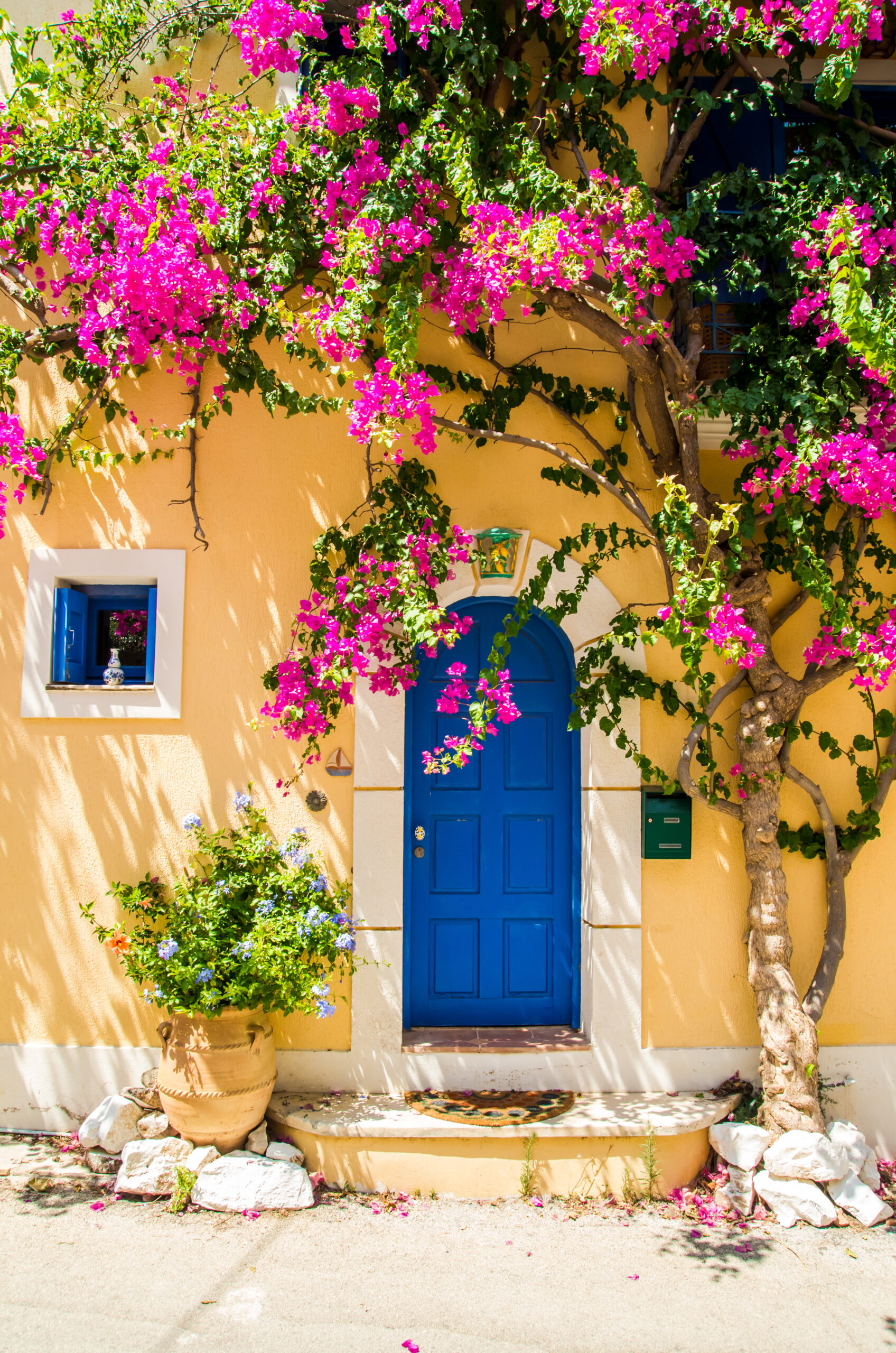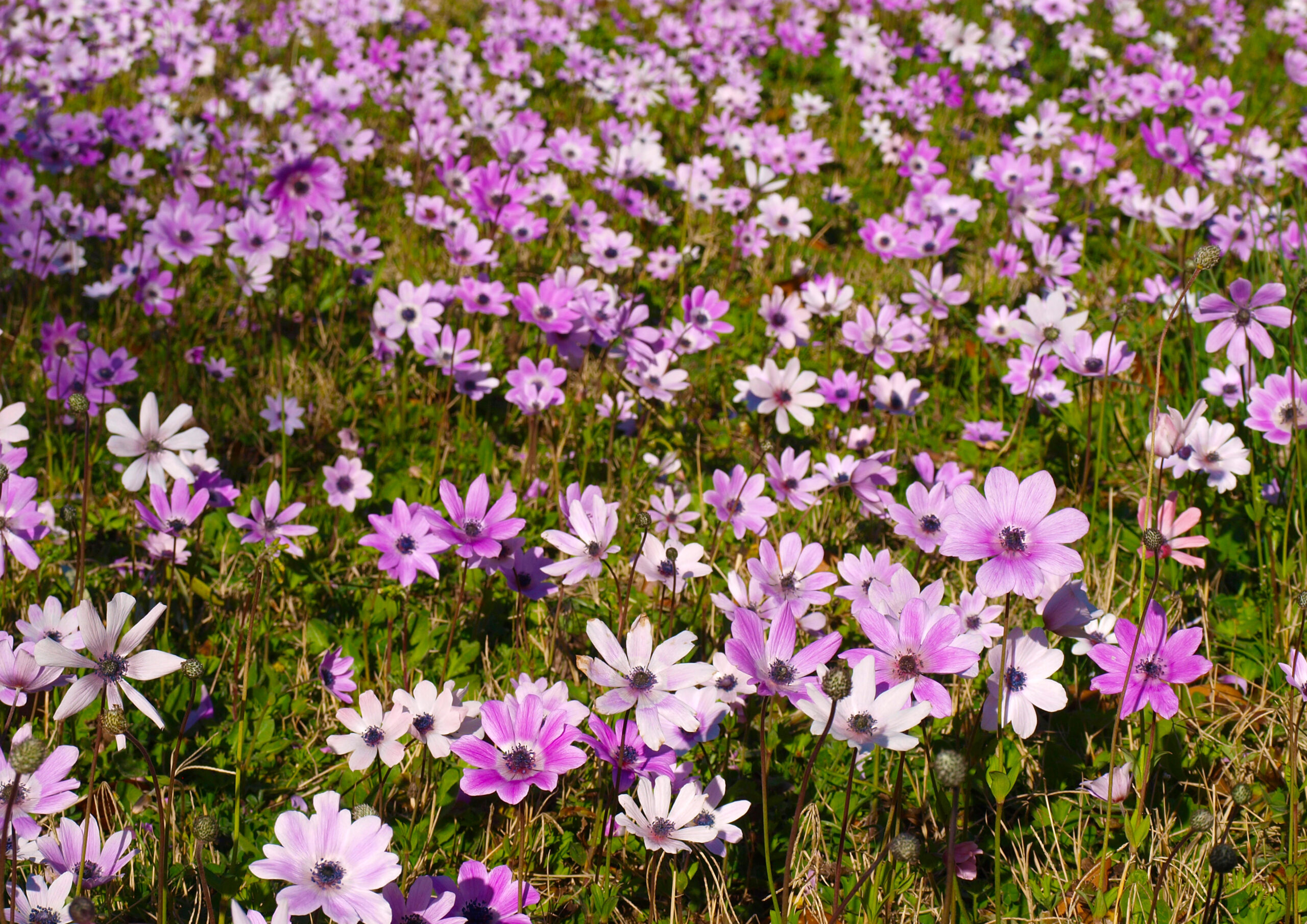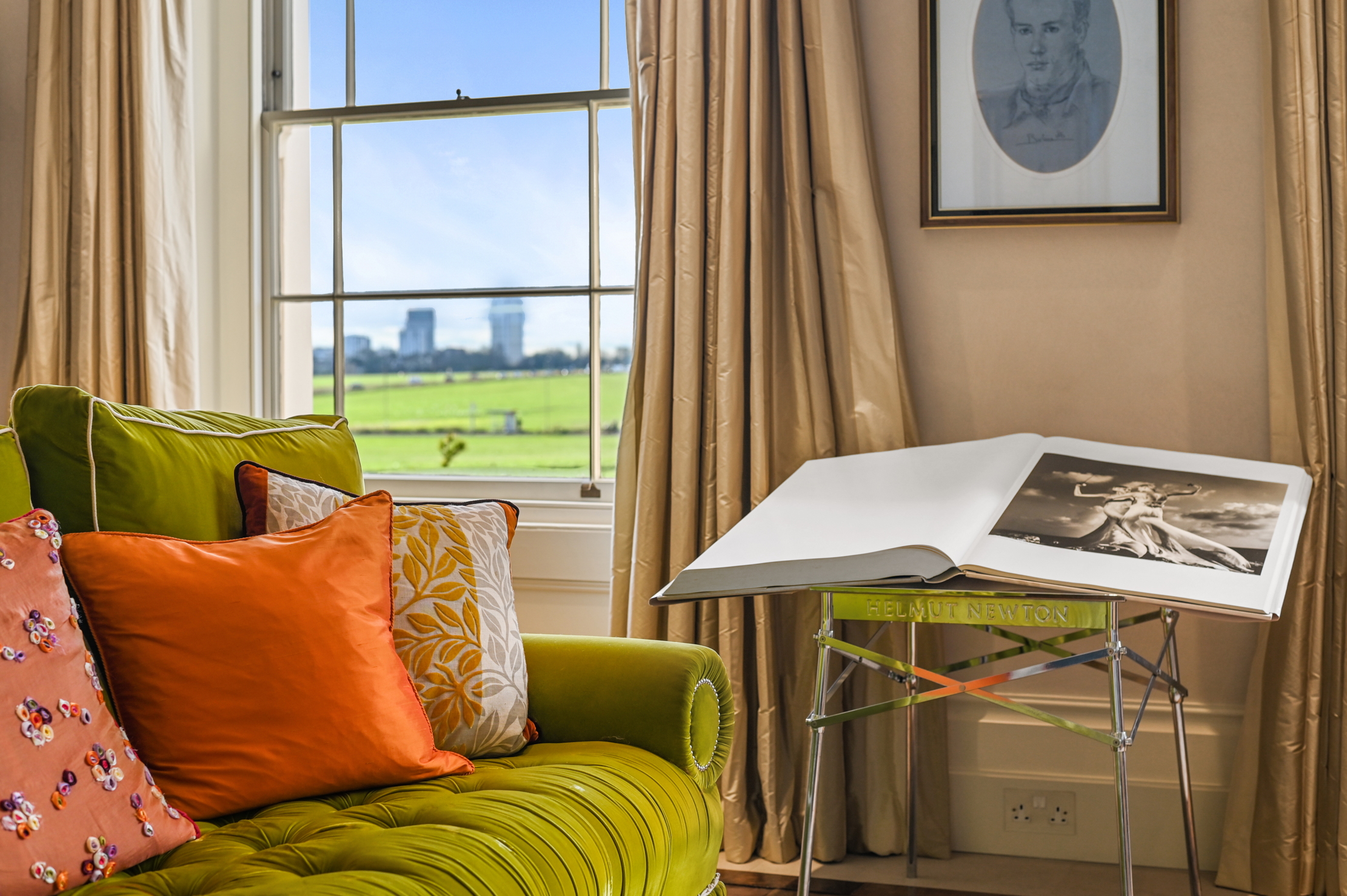The ultimate joy of winter gardening? Heading for sunnier spots knowing that your garden won't suffer from your absence
Charles Quest-Ritson shares his Mediterranean winter dreams.

I love my garden in January. It more or less looks after itself. The days are lengthening and I can sense that the plants are starting into growth. Nevertheless, I know that the garden won’t miss me if I look at flowers in a warmer climate than ours.
Normally, we drive down to either Italy or Spain in January. Anywhere south of Naples or Córdoba is usually a safe bet for good weather, but we went to both countries last autumn, so this year I’m thinking of flying to Greece instead. It will be a last-minute decision — flights are so cheap in winter — and we will go first to Athens and think what to do next.
Only a few miles from Athens airport is Sparoza, the work of the Mediterranean Garden Society. This is not the same organisation as Mediterranean Plants & Gardens, but there is nothing to match the MGS’s garden at Sparoza anywhere in the world. It was a bare hill-side — waterless, alkaline and windswept — when first planted by the pioneering landscape architect Jacky Tyrwhitt in the 1960s.
Sparoza today is a first-rate example of how to garden in the English style in a Mediterranean climate, with maximum use of native plants and minimum use of water. It is also organic. Plants from similar parts of the world are mixed with Greek natives — think of exotic Mexican succulents, Southern African bulbs and aloes, all in full flower at this very moment, worked into mixed plantings of Greek euphorbias, cistus, acanthus and lentisks, plus wild tulips, fritillaries, cyclamen and Iris attica. As the garden moves away from the house, it merges with the surrounding phrygana — the plantings become wilder and the shrubs are allowed to develop more naturally. How I wish more people knew about Sparoza. As it’s so close to the airport, one could probably visit it on a day trip.
However, I shall want to stay in Greece for longer. The warmest place in January and February is Crete, which I’ve visited many times, but only once in winter. I loved the quietness of the off season there — days passed without hearing a word of any language other than Greek. We will stay in the old Venetian citadel of Chania and hire a car to explore the countryside. There may be rain, but never as much as in Corfù, and the bright sunlight and deep-blue skies will give us a taste of May at home.
The citrus groves are heavy with fruit and the oranges glow enough to enrapture a German romantic poet. We bought five kilos of them once on our way to Heraklion airport and the bag burst as we walked across the tarmac to board our flight. The Cretans will still be picking their Koroneïki olives, now black and ripe. Greeks let their olive groves develop a natural mulch of wildflowers, so they are brilliant yellow with the flowers of Oxalis pes-capri, that invasive South African thug that gardeners curse, but which does no damage to the olive trees.

Clumps of Iris unguicularis subsp. cretensis are all along the roadside verges and rocky outcrops. It is not as tall as the varieties we commonly see in English gardens, but the flowers are always a good rich blue and the leaves narrower, almost grassy. Swarms of the first Anemone hortensis open out in the sunshine, mainly in pale blue, but mixed with a few pinks and whites.
Sign up for the Country Life Newsletter
Exquisite houses, the beauty of Nature, and how to get the most from your life, straight to your inbox.
Next month come the first scarlet Anemone coronaria and the dainty endemic A. heldreichii. The first almond trees are already in flower — farmers grow them as an insurance against an off year for their olives. Sweet almonds have white flowers, whereas the wild bitter almond trees are pink. The richness of wildflowers is spectacular — the bulbs include romuleas and crocus species (once, I found a double-flowered Crocus sieberi), the first muscari, star of Bethlehem and Tulipa saxatilis.
Cambridge-blue globularias (G. alypum) are followed by Oxford-blue lupins (Lupinus pilosus) and everywhere are scrambling plants of Clematis cirrhosa — no two plants have the same markings on their flowers.
Soon, the first orchids, giant Barlia longibracteata, will start to show colour, closely followed by scores of bee orchids and tongue orchids. Butterflies will be sunning themselves as crested larks and Sardinian warblers sing to their mates. And best of all is knowing that our garden will not suffer from my absence.
Charles Quest-Ritson is a historian and writer about plants and gardens. His books include The English Garden: A Social History; Gardens of Europe; and Ninfa: The Most Romantic Garden in the World. He is a great enthusiast for roses — he wrote the RHS Encyclopedia of Roses jointly with his wife Brigid and spent five years writing his definitive Climbing Roses of the World (descriptions of 1,6oo varieties!). Food is another passion: he was the first Englishman to qualify as an olive oil taster in accordance with EU norms. He has lectured in five languages and in all six continents except Antarctica, where he missed his chance when his son-on-law was Governor of the Falkland Islands.
-
 A rare opportunity to own one a family home on Vanbrugh Terrace, one of London's finest streets
A rare opportunity to own one a family home on Vanbrugh Terrace, one of London's finest streetsThis six-bedroom Victorian home sits right on the start line of the London Marathon, with easy access to Blackheath and Greenwich Park
By James Fisher
-
 Materials, textures, construction, expression: A Brutalist watch on your wrist
Materials, textures, construction, expression: A Brutalist watch on your wristLuxury watchmakers are seeking to bridge the gap between two contrasting styles, with exciting results.
By Chris Hall